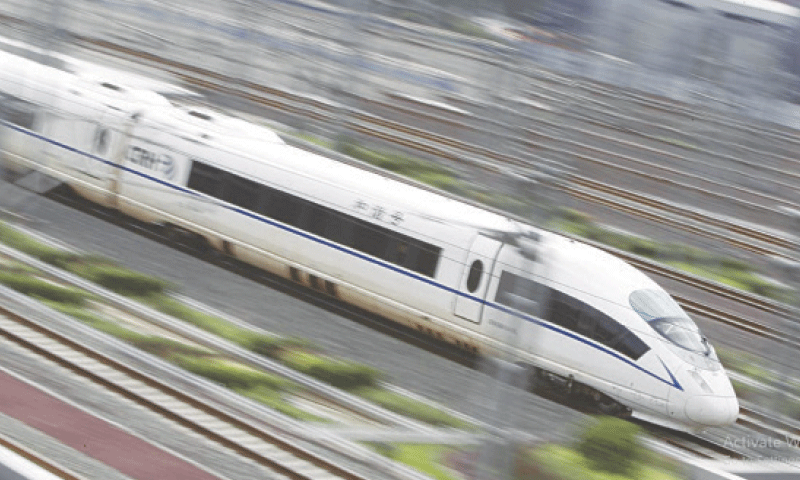Pakistan’s ambitious bullet train plan is igniting national discussion, particularly as the nation continues to struggle with a rapidly expanding population and city sprawl. With the most populous province of Punjab under tremendous pressure on its current intercity transportation networks, the bullet train project may transform travel by compressing travel times and stimulating economic growth across the biggest cities such as Lahore, Rawalpindi, and Multan.
Supporters point to the bullet train’s ability to greatly alleviate traffic congestion on roads, shorten travel time to less than two hours between major metropolitan areas, and cut carbon emissions relative to bus and automobile travel. Better access could also stimulate regional economic development by allowing the mobility of labor and goods more freely, and by increasing tourism and business prospects.
But the project has several challenges. The multi-billion-dollar estimated cost questions funding sources, feasibility studies, and economic viability in the long term. Critics contend that with Pakistan already suffering fiscal deficits and urgent needs in healthcare, education, and energy, such large-scale infrastructure projects could be a diversion of necessary public resources. Land acquisition, technological limitations, and maintenance are also logistical challenges.
In spite of these apprehensions, the demand for efficient, modernized, and scalable public transport cannot be denied — particularly in Punjab, where more than 100 million people reside. With transparent execution and strategic collaborations, the bullet train may become a beacon of progress and mobility for generations to come, enabling Pakistan to shift towards a more networked and sustainable tomorrow.




